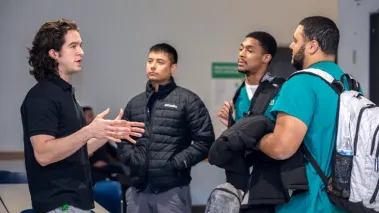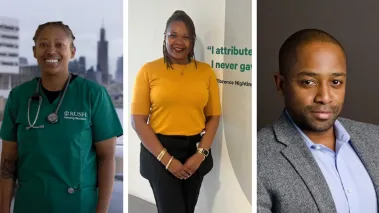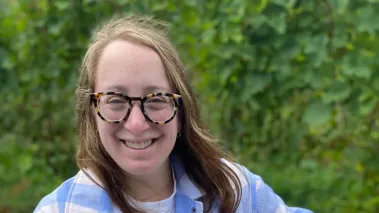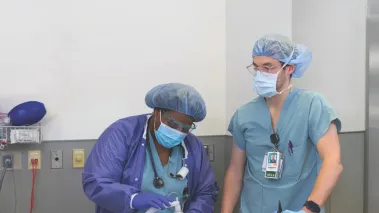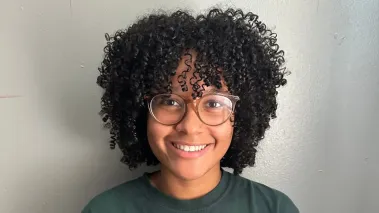Mary Grantner, Director of Operations of the Center for Innovative & Lifelong Learning at Rush University Medical Center, lead a recent study alongside The Building Healthy Urban Communities initiative. This study presents the Stepwise Skill Reinforcement Model, which can serve as a path for organizations partnering to improve patient outcomes with continuing education (CE) as a key component. The results of a one-year analysis of their CE programming suggests that the model is effective for learning, is an efficient use of financial and human resources, and its design is one that could be adopted at low cost by organizations willing to work in close partnership.
The new model is based on the Shewhart and Deming Models, wherein subjects learn, apply knowledge, assess it, and then continue the learning process. It is combined with Karpicke’s retrieval practice applied through short tests. Grantner stated, “If subjects have to apply what they learned to a new scenario, they’re not just building memory, but are also making new connections in the brain. It’s not just recall. You’re building new pathways for the application of information.”
This innovation of the stepwise model utilizes long-term, short-burst testing techniques that are designed to reinforce application of learning with rigorous evaluation over time. It included evaluation prior to the course, immediately following the CE session, 6 to 8 weeks after the CE session, and then subsequent monthly “testlets.” Outcome measures were designed to allow for ongoing adaptation of content, reinforcement of key learning objectives, and use of innovative concordant testing and retrieval practice techniques.
The study was implemented through grant support that Rush received for the purpose of building community-based clinics and teaching the clinic’s staff best practices about screening and enrolling patients. The study applied toward improving Motivational Interviewing in clinicians’ and non-clinicians’ day-to-day patient interactions. The technique allows providers to teach patients to take charge of their own health needs through a line of questioning.
Months after completing the learning portion, the learners showed a clear understanding of how they were supposed to apply the Motivational Interviewing through a line of questioning that was designed to ensure that the correct answer was one which encouraged the patient.
Most revealing were the responses to the “testlet” portion of measures. The results of measurement across all points of the CE activity process suggested that learners were applying techniques and principles of Motivational Interviewing to their specific practices. These learners’ responses indicated that within this sample, the program design aided in moving these learners from “preparation” to actual change in practice.
Rush and CILL’s mission to push innovation in healthcare and continuing education extends into their hopes for future research. Grantner describes her ambitions for additional studies of the Stepwise model, “We are working on cutting-edge educational design. I want to follow-up this study with applications for advanced practice nurses and physicians over an extended period of time. We’re committed to improving tools for hands-on continuing medical education.”



